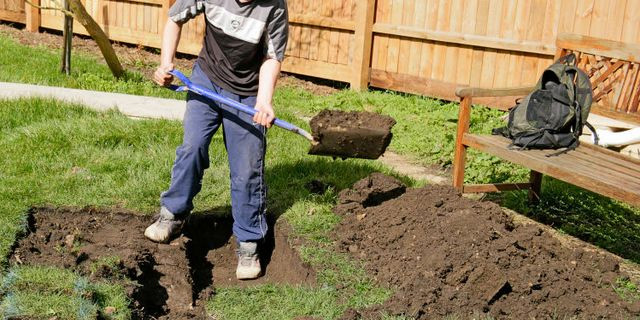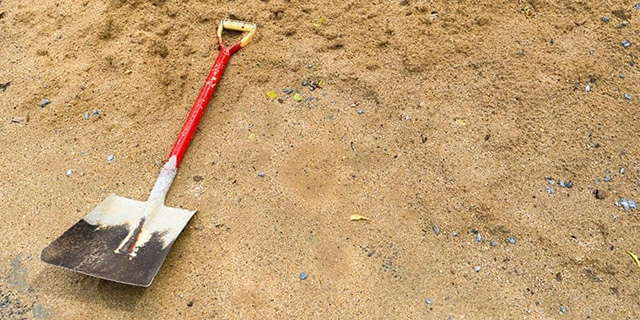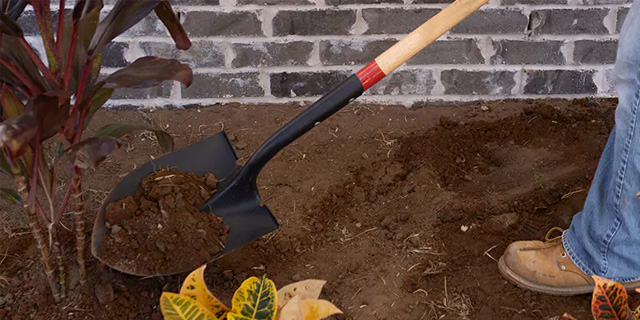When it comes to agricultural tools, the shovel is a staple. From digging to scooping, shovels are versatile and indispensable in any farming operation. However, choosing the right shovel for the task at hand is crucial for efficiency and ease of use. Here’s a guide to help you select the perfect shovel by understanding its design and key considerations.
Understanding Shovel Blade Designs
The design of the shovel’s blade is critical as it determines the shovel’s primary function. There are three main types of shovel blades:

Digging Shovels
- Blade Shape: Digging shovels typically have a pointed tip. This design allows for easy penetration into the soil.
- Function: Ideal for breaking up hard soil, planting, and digging holes.
- Features: Often equipped with a slightly curved blade to help with soil displacement and ergonomics.

Scooping Shovels
- Blade Shape: Scooping shovels have a flat, wide blade with a squared-off tip.
- Function: Best suited for moving loose materials like gravel, sand, or compost.
- Features: Usually comes with a larger blade surface area to hold more material per scoop, making the job quicker and more efficient.

Specialty Shovels
- Blade Shape: These can vary widely depending on the specific use, such as trenching, transplanting, or snow removal.
- Function: Designed for specific tasks that require a specialized blade shape and size.
- Features: Tailored features like serrated edges for cutting roots or extra-long handles for reaching into deep trenches.
Key Considerations Before Buying a Shovel
Selecting the right shovel involves several considerations, starting with size:
Handle Length
Digging Shovels: Opt for a long handle that reaches about as high as your chest or shoulders. This provides leverage, allowing you to move more load with less effort.
Blade Angle
The blade’s angle relative to the shaft is essential. A minimal angle reduces fatigue when breaking up compact ground, while an angled one gives you more power and leverage to dig and lift with less bending.
Weight
Using a shovel that’s too heavy for you results in more work and reduced efficiency.
Material of the Blade
Consider the material you will be lifting. If it’s heavy, use a lighter shovel. If it’s relatively light, you can afford the additional weight of a shovel with a deeper scoop.
Conclusion
Selecting the right shovel involves understanding the specific needs of your agricultural tasks and the characteristics of different shovel designs. By considering the blade design, handle length, blade angle, and overall weight, you can choose a shovel that will serve you well and make your work more efficient and less strenuous. Investing in the right shovel can significantly impact your productivity and comfort in the field, so take the time to choose wisely.
Happy shovelling!

